Condensation
mollyd
17 years ago
Featured Answer
Sort by:Oldest
Comments (13)
gardenallyearlong
17 years agoRelated Professionals
Hyattsville Landscape Architects & Landscape Designers · Simi Valley Landscape Architects & Landscape Designers · Garden City Landscape Architects & Landscape Designers · White Oak Landscape Architects & Landscape Designers · Frisco Landscape Contractors · Canton Landscape Contractors · Oak Forest Landscape Contractors · Porterville Landscape Contractors · Rockland Landscape Contractors · Rockville Landscape Contractors · Saint John Landscape Contractors · Secaucus Landscape Contractors · Seminole Landscape Contractors · Snoqualmie Landscape Contractors · Glen Ellyn Solar Energy Systemsstressbaby
17 years agonathanhurst
17 years agomollyd
17 years agooakhill (zone 9A, Calif.)
17 years agomollyd
17 years agooakhill (zone 9A, Calif.)
17 years agostressbaby
17 years agoneonrider
11 years agobarrie2m_(6a, central PA)
11 years agocalliope
11 years agoNashonii
11 years ago
Related Stories

DECORATING GUIDES10 Ways to Hide That Air Conditioner
Feeling boxed in designing around your mini-split air conditioner? Try one of these clever disguises and distractions
Full Story
WINDOW TREATMENTSEasy Green: 9 Low-Cost Ways to Insulate Windows and Doors
Block drafts to boost both warmth and energy savings with these inexpensive but effective insulating strategies
Full Story
HEALTHY HOMEGet Cleaner Indoor Air Without Opening a Window
Mechanical ventilation can actually be better for your home than the natural kind. Find out the whys and hows here
Full Story
MOST POPULAR5 Ways to Hide That Big Air Conditioner in Your Yard
Don’t sweat that boxy A/C unit. Here’s how to place it out of sight and out of mind
Full Story
HEALTHY HOMEHow to Keep Water Vapor From Ruining Your House and Your Health
We help you find out when it’s happening, what it means and how to fix it
Full Story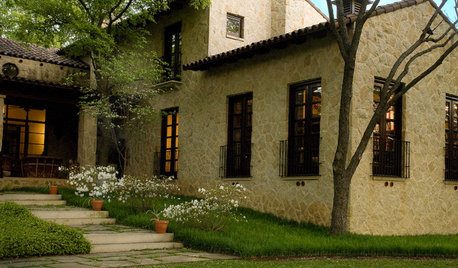
DESIGN DICTIONARYWeep Hole
Shedding water and venting air, weep holes are healthy escapes for homes
Full Story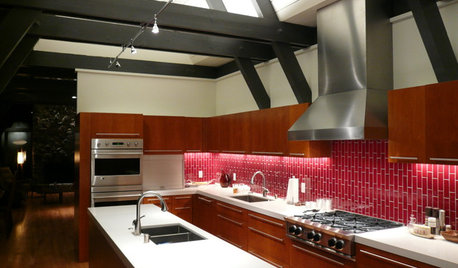
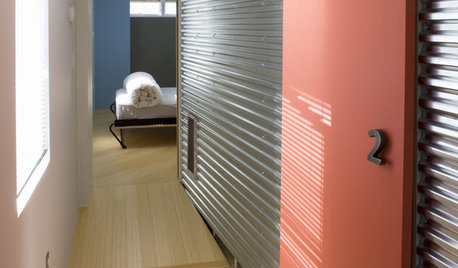
DESIGN DICTIONARYSteel Stud
This steely version of the wood stud can frame a home with a few extra benefits
Full Story0
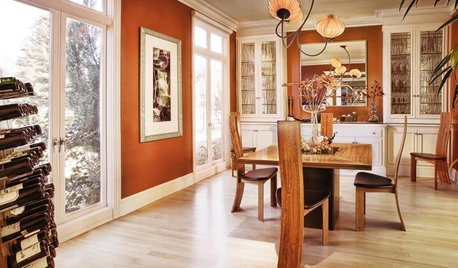
ORANGETreat Your Rooms to Pumpkin Pie Orange
Stir some pumpkin colors into your interiors for design deliciousness that lasts well beyond Thanksgiving
Full Story





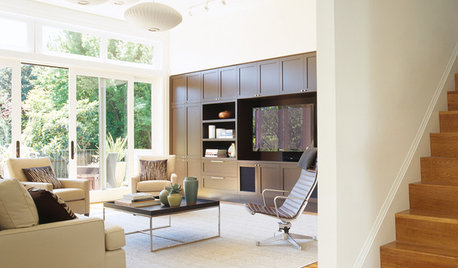

oakhill (zone 9A, Calif.)